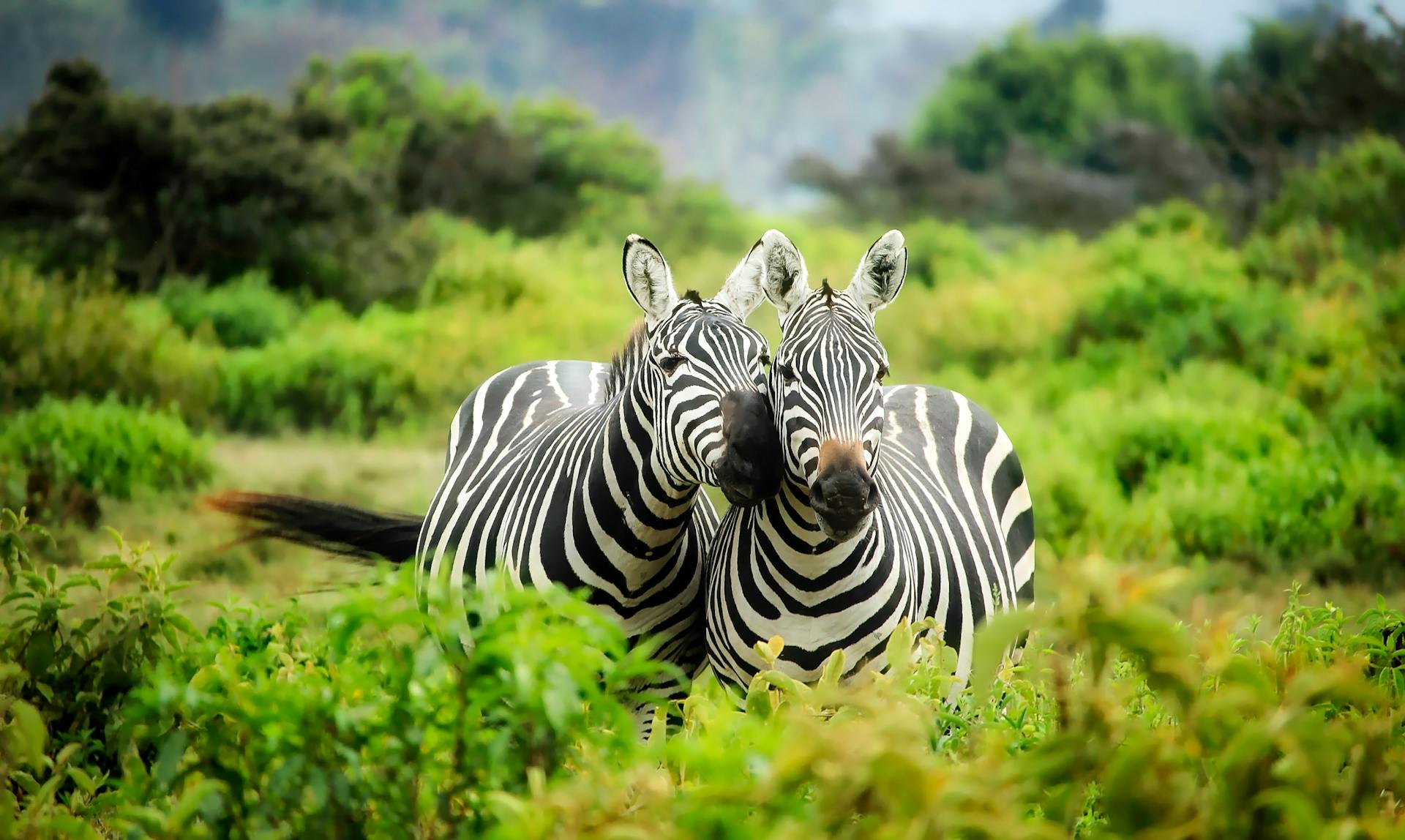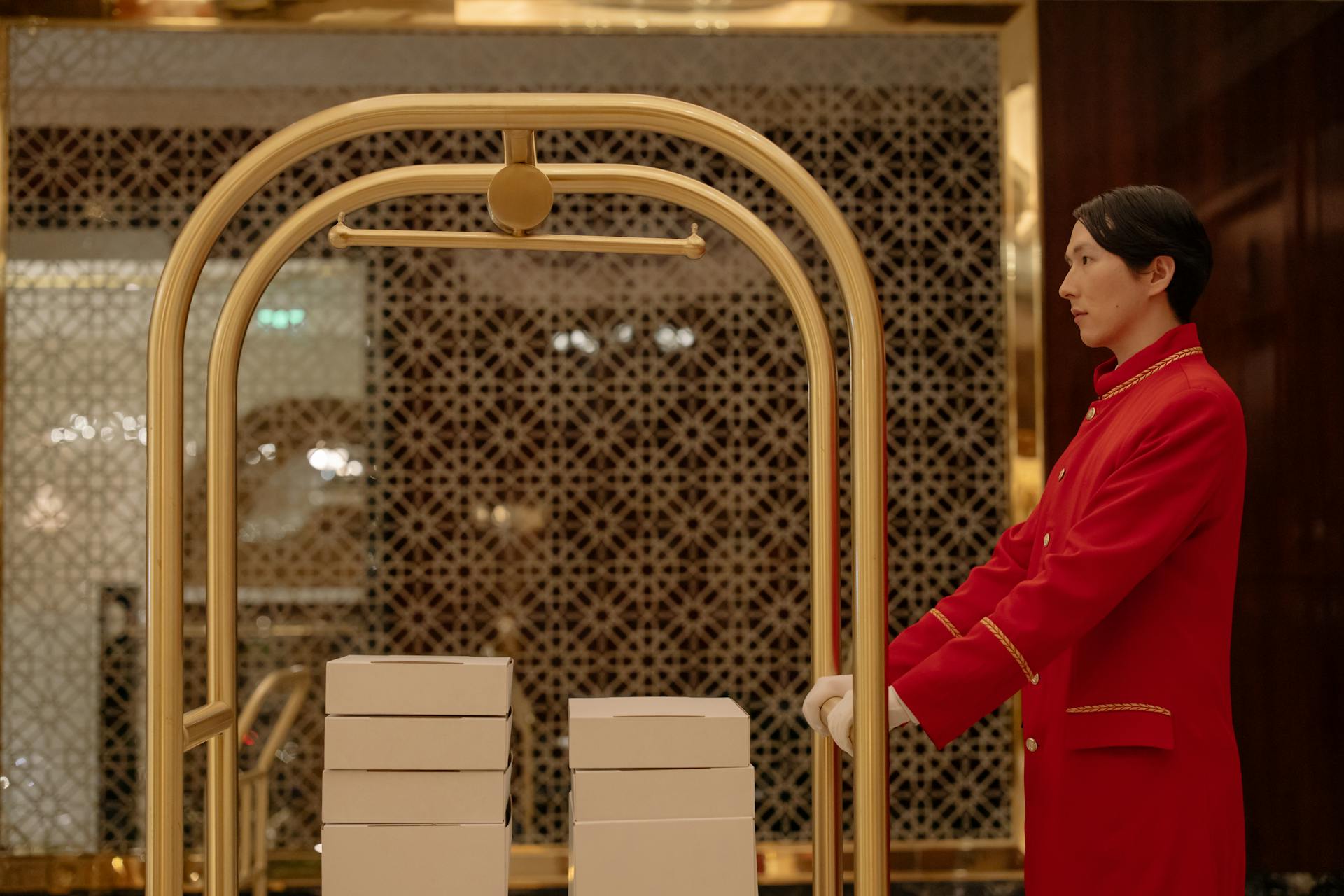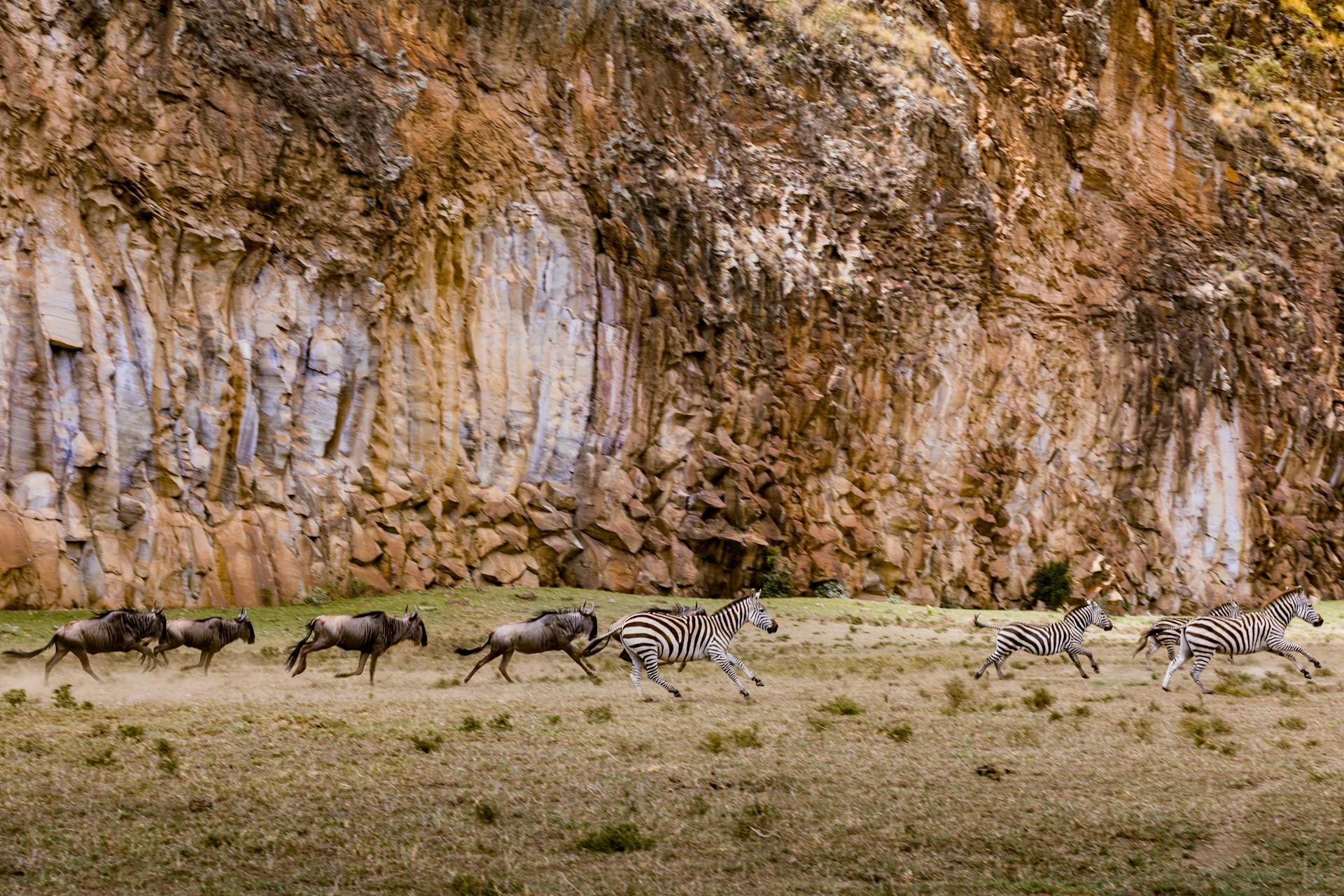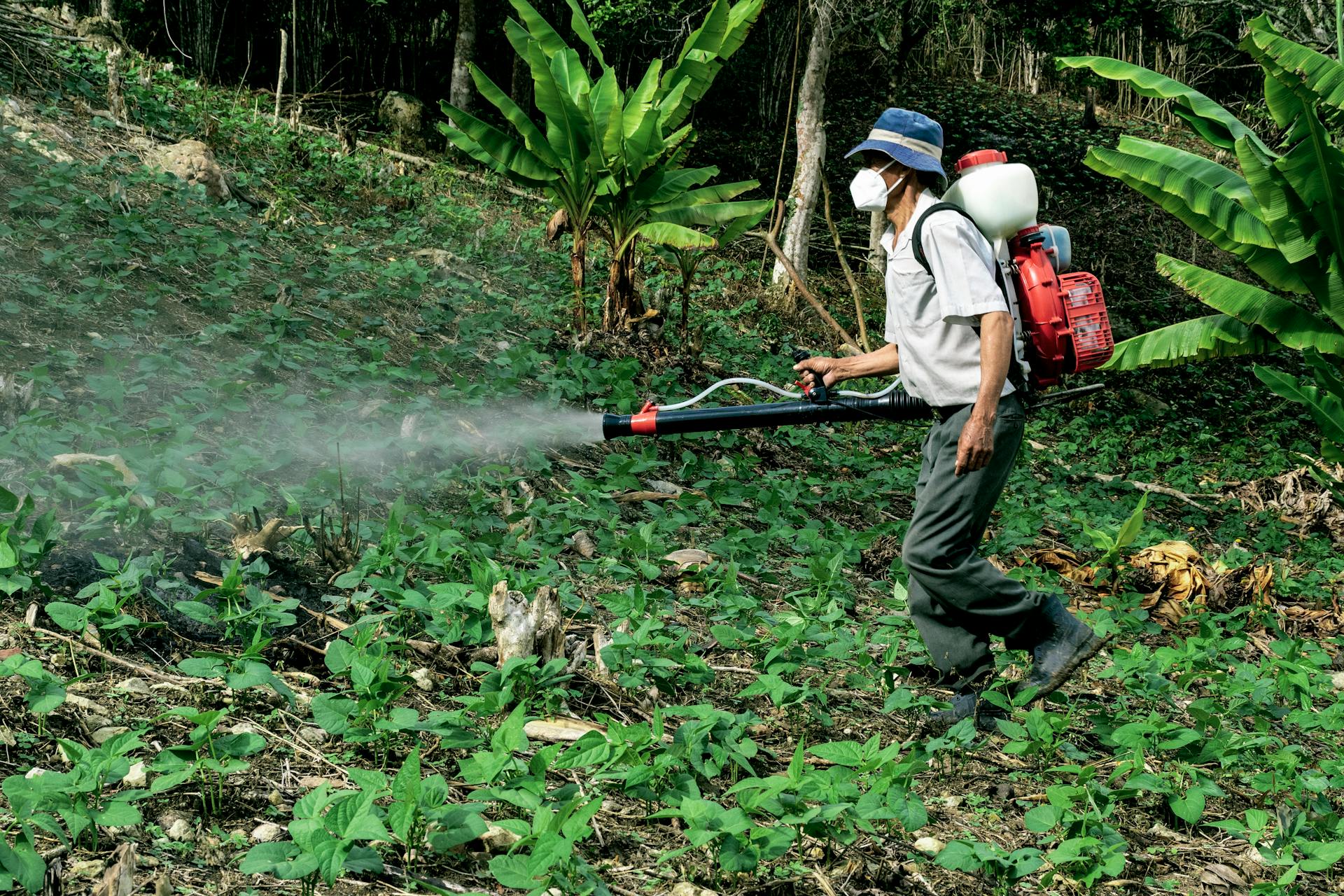
Zoos have been a topic of debate for many years, with opinions split on whether they are helpful or harmful to wildlife conservation work happening around the world. While zoos provide an opportunity for people to see exotic animals up close and personal, there are both pros and cons of zoos when it comes to protecting at-risk species and combating negative effects.
On the one hand, zoos can be incredibly helpful in terms of reproduction heres. Many zoos have breeding programs in place that focus on preserving endangered species, which can help increase their numbers in the wild. Additionally, by keeping animals in captivity, zoos can protect them from poaching and habitat destruction.
However, there are also downsides to keeping animals in captivity. Some argue that zoos can cause psychological stress for animals who are used to living in the wild. Others believe that the cramped conditions of many zoo enclosures are not conducive to good health and well-being for the animals. Despite these concerns, many experts believe that when done correctly, zoos can be an important tool in the fight against extinction.
Are Zoos Helpful or Harmful in Combating Negative Effects?

Zoos have both pros and cons, but their effectiveness in combating negative effects remains a topic of debate. On one hand, zoos house animals that people wouldn't otherwise get to see. They encourage animals to breed and offer educational programs for visitors. However, conservation purposes require careful forethought including assessments of the benefits of each individual program.
Zoo programs can be successful when well-thought-out conservation efforts led by zoo workers are implemented. For example, captive breeding occurs in some zoos to reintroduce creatures like the red wolf back into their natural habitats where they were left living before. Despite repeated attempts, these animals refuse to breed in the wild, so zoos are critical for ensuring their survival.
The main thing people involved with zoos need to keep in mind is that without good reminders and procedures put in place, zoological programs can ultimately cause more harm than good. Assuming that just because an animal is in captivity means it is safe from a negative effect is not always true. Zoos don't free these creatures into the wild unless there's been extensive research done on how they will react once released. In conclusion, while it's easy to see the immediate benefits of zoos, proper management must ensure that the animals' welfare always comes first.
Teaching People About Their Roles in Wildlife Conservation
Wildlife conservation is a crucial topic to be discussed at a young age. It is essential for everyday people to understand the importance of protecting species, especially endangered species, in their local regions. By continuing to promote learning about wildlife conservation, family members and zoo workers can play active roles in conserving animals native to their area. The Houston Zoo supported kids from a local school by providing an animal mascot and multiple Zoom calls with zoo staff, educating them on how humans' actions impact creatures' survival.
Getting people interested in wildlife conservation at a young age gives them a greater chance of having lifelong concern for it. As people assert that they are highly dependent on the environment and its inhabitants, they will engage more with exhibits taking similar content. At zoos, educational content provided by zoo guides can answer peoples' questions that arise, adding to their understanding while possibly making them avoid wrong assumptions.
One way to increase interest in wildlife conservation is through exposure to well-produced nature documentaries or going on a life-changing zoo visit. When people surround themselves with educational content and learn about the impact their actions have on the environment and its inhabitants, they become more aware of the need for ongoing support of wildlife conservation efforts. Teaching individuals about their roles in wildlife conservation is key to ensuring we protect our planet's biodiversity for future generations.
Discovering the Origins of Modern Zoos.
Enclosed pens for wild and exotic animals date back to 2500 BCE in Mesopotamia and Egypt, but it wasn't until the 18th century that modern zoos began. These early zoos were primarily for scientific interest, as researchers wanted to study animal behavior and anatomy up close. However, as time went on, zoos became more focused on entertainment and public education.
Using Your Awareness of the Pros and Cons of Zoos
When considering the pros and cons of zoos, it's important to maintain a balanced perspective. While zoos can serve as an essential step in wildlife conservation efforts, they also have the potential to be harmful places for animals. Supporting responsible methods in zoo management is crucial to ensure that zoos remain universally beneficial.
One positive aspect of zoos is their role in captive breeding facilities, particularly for endangered species. By providing a safe and controlled environment for at-risk creatures, zoos can help support healthy birth rates and genetic diversity. However, it's important to note that these animals should eventually be reintroduced back into their natural habitat whenever possible.
While some may argue that keeping wild animals in captivity is cruel, responsible zoos prioritize animal welfare and strive to create environments that mimic their natural habitats as much as possible. Additionally, many zoos devote time and resources to education programs that help people realize the importance of wildlife conservation. If you want to support wildlife conservation efforts but don't have the means to donate money, volunteering at your local zoo or other organizations can make a significant impact in the long term.
Why Keeping Animals in Captivity is Controversial

From an animal rights standpoint, humans have afforded fewer rights to animals kept in captivity. Individual animals kept in captivity suffer from boredom, stress and the loss of intergenerational bonds. While baby animals bring crowds to zoos, breeding for capture leads to overpopulation and surplus animals. Instead of releasing these animals back into the wild, zoos simply kill surplus animals outright.
Captive breeding programs exist to maintain genetically diverse populations of endangered species, but many argue that it creates a greater difficulty finding mates and maintaining species diversity. The vast majority of captive breeding facilities cannot provide sufficient space for normal postural or social adjustments, adequate freedom of movement or proper nutrition. This often results in malnutrition, poor condition, debility and stress among the animals. Violations against minimal standards set by the federal Animal Welfare Act are not uncommon.
Zoos, circuses, petting zoos and the exotic pet trade generally exploit animals by removing individual specimens from their wild population. Those remaining individuals often face endangerment due to genetic diversity loss or encroachment on their natural habitats. While some facilities do act as true sanctuaries for unwanted exotic pets, injured wildlife that can no longer survive in real life environments need rehabilitation facilities instead of cages. Numerous incidents have occurred at petting zoos involving diseases including E.coli infection, cryptosporidiosis, salmonellosis and dermatomycosis (ringworm). People likewise ignore warnings around dangerous enclosures endangering both themselves and the animals they are leading to horrific outcomes such as the 2016 killing of a 17-year-old western lowland gorilla after a toddler accidentally fell into its enclosure at Cincinnati Zoo - while the child survived they were badly injured while Harambe was killed outright.
Frequently Asked Questions
Are zoos critical to conservation?
While zoos can help raise awareness and funding for conservation efforts, their ability to truly contribute to species preservation is limited. Additionally, many argue that keeping wild animals in captivity goes against the very principles of conservation.
What are the pros and cons of having zoos?
Zoos provide opportunities for education and conservation, but they also raise ethical concerns about animal welfare and captivity. It is important to consider both the positive and negative aspects before deciding whether or not to support zoos.
Why are zoos so dangerous?
Zoos can be dangerous because animals are kept in captivity, which can cause stress and lead to aggressive behavior. In addition, there is always a risk of escape or attack if safety protocols are not followed properly.
What are the some positive effects of Zoos?
Zoos provide a safe environment for endangered species to thrive and be protected from predators, poachers, and loss of habitat. They also offer educational opportunities to visitors about conservation efforts and animal behavior.
What are some bad things about zoos?
Zoos can cause stress and health problems for animals, limit their natural behaviors, and contribute to the decline of endangered species in the wild due to captivity breeding programs.
Featured Images: pexels.com


